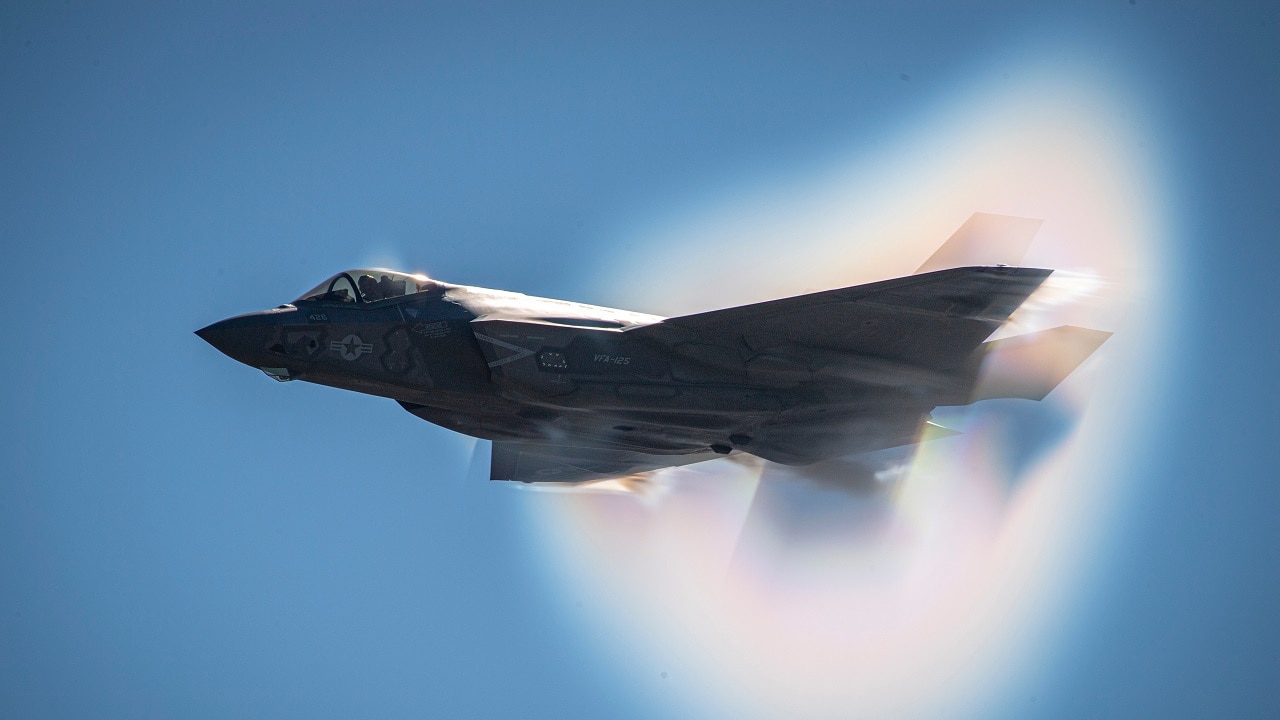Published on 2/10/2023 – On Super Bowl Sunday, some will tune in to see the Kansas City Chiefs take on the Philadelphia Eagles, while others will watch to see the creative and colorful ads.
Still, others may be interested in the halftime show featuring singer Rhianna.
For aviation buffs, the big moment this year will occur at the end of the national anthem as three United States Navy tactical aircraft squadrons will conduct an integrated flyover at State Farm Stadium in Glendale, Arizona.
The Navy announced that the flyover formation will include two F/A-18F Super Hornets from the “Flying Eagles” of Strike Fighter Squadron (VFA) 122, an F-35C Lightning II from the “Argonauts” of VFA-147, and an A-18G Growler from the “Vikings” of Electronic Attack Squadron (VAQ) 129. The selection of aircraft represents the strike and electronic attack capability of the “Carrier Air Wing of the Future,” providing advanced technology and enhanced flexibility to our military combatant commanders.
VFA-122 and VFA-147 are based at Naval Air Station (NAS) Lemoore, Calif.; VAQ-129 is based at NAS Whidbey Island, Wash. The squadrons will stage and depart from nearby Luke Air Force Base.
F-35 and More: Notable Warbirds for Super Bowl
Though it will only be a flyover of the stadium, it will still include a truly impressive mix of U.S. Navy airpower, including the fifth-generation F-35C Lightning II, which integrates advanced stealth technology into a highly agile, supersonic aircraft that provides unprecedented battlespace awareness, versatility, and survivability. The F-35C, which is the Navy variant of the F-35 Joint Strike Fighter, sets new standards in weapon system integration, maintainability, combat radius, and payload that bring formidable multi-mission power projection capability from the sea.
The carrier-based F-35 will be seen alongside the F/A-18 Super Hornet, which first entered service in 1999. Since then it has earned a reputation as the backbone of the Navy’s carrier air wing and a workhorse within the fleet, continuing its key strike fighter role against the advanced threats of the 21st century. The Super Hornet, an updated version of the Cold War-era F/A-18 Hornet, was designed to meet current Navy fighter escort and interdiction mission requirements. Today, the Super Hornet maintains fleet air defense and close air support roles, along with a range of missions, including in-air refueling.
The EA-18G Growler is a variant in the F/A-18 family of aircraft that combines the proven Super Hornet platform with a sophisticated electronic warfare suite that performs a variety of functions including communications jamming and countermeasures. It is the most advanced airborne electronic attack (AEA) platform and is the only one in production today.
Honoring The Navy’s Women Aviators
Sunday’s flyover at the Super Bowl is also to commemorate 50 years of women flying in the U.S. Navy. It was in 1973 that the first eight women began flight school in Pensacola, Fla., and just a year later six of those eight women, titled “The First Six,” earned their Wings of Gold. Since then, women have served, operated, and led at every level of Naval Aviation.
“It’s not a feeling I can even put into words,” said Lt. Katie Martinez, Naval Flight Officer assigned to VFA-122, who will be among the pilots representing Naval Aviation at one of the world’s most-watched events.
“It doesn’t get bigger than the Super Bowl, and I am humbled and honored to be able to participate with my friends and fellow Naval Aviators as part of this once-in-a-lifetime opportunity,” Martinez added.
Lt. Martinez arguably will have the best seat in the house – the cockpit of her F/A-18 – on Sunday!
BONUS: The Fall of Joe Biden Has Started
BONUS: Donald Trump Looks At His End
BONUS: Kamala Harris Should Quit
BONUS: A Nuclear War over Ukraine?
BONUS: Donald Trump Looks Desperate
Author Experience and Expertise
A Senior Editor for 19FortyFive, Peter Suciu is a Michigan-based writer. He has contributed to more than four dozen magazines, newspapers, and websites with over 3,200 published pieces over a twenty-year career in journalism. He regularly writes about military hardware, firearms history, cybersecurity, politics, and international affairs. Peter is also a Contributing Writer for Forbes and Clearance Jobs. You can follow him on Twitter: @PeterSuciu.

